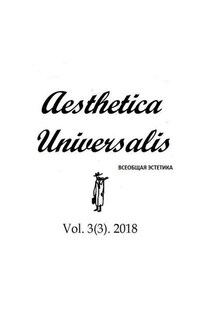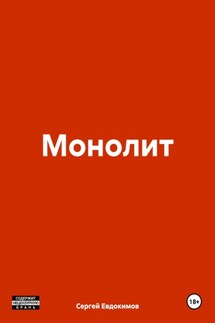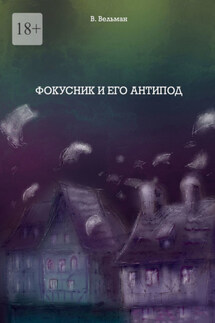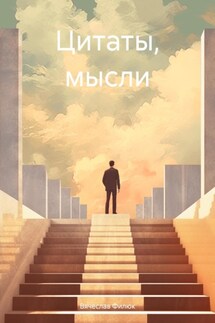Vol. 3 (3). 2018 - страница 16
A key element of Kandinsky’s understanding of «the Orient’ was a three-month trip to Tunisia that he took with his partner Gabriele Münter in 1904—1905, during which he produced hundreds of sketches, approximately thirty tempera paintings and several oils on board.50 In addition, Kandinsky and Münter between them took more than one hundred and eighty photographs of their surroundings.51 This Tunisian material is important for two reasons: it shows that Kandinsky had already engaged with conventional Orientalist themes; and it provided a visual resource for his subsequent abstract-Orientalist works.
The Abstract-Orientalist Paintings
The most literal representation of Tunisia in Kandinsky’s abstract-Orientalist paintings occurs in Arabs I (Cemetery) (Fig. 1) of 1909. It is among his earliest paintings to experiment with abstracted forms in a context other than landscapes. Dominated by bright, warm yellows and contrasting, cool blues, the painting provides direct references to Kandinsky’s trip to Tunisia, and evidence of his reliance on the artistic outputs from that trip. Roger Benjamin has identified two specific photographs which Kandinsky has «amalgamated’ in order to produce this image: Tunisian Village (Fig. 2), which provides the background of the wall with arch and doorways, the steps down, and the twisted, pollarded tree; and Ottoman Cemetery, Tunisia (Fig. 3), which provides the rows of turban graves.52 The four partially-abstracted figures appear to be loosely based on sketches and photographs from the trip. The two seated figures wrapped in burnous cloaks, one at the far left and one at the far right of the canvas, appear in multiple gouache paintings from the trip.
Two other paintings from 1909 show Kandinsky developing his Orientalist theme by reference to Tunisia while introducing increasingly abstract forms. He described this practice as follows:
I dissolved objects to a greater or lesser extent within the same picture, so that they might not all be recognised at once and so that these emotional overtones might thus be experienced gradually by the spectator, one after another.53
Improvisation 6 (Africans) (Fig. 4), shows two turbaned figures in the foreground, in front of a white building with a green dome and a series of abstracted shapes delineated either by black lines or by contrasting blocks of colour. The building resembles the Tombs of the Beys, in Kandinsky’s painting Tunis Street (Tombs of the Beys) (Fig. 5), with its blank white walls and green tiled, domed roof. The Pencil sketch for Improvisation 6 (Africans) (Fig. 6) bears an even closer resemblance (although reversed) to the Tombs of the Beys, showing not only the dome, but also the small turret in the corner, which Kandinsky subsequently omitted from the oil painting. The turbaned figures, meanwhile, recall those from his Pencil sketches of figures in costume and Pencil sketches of male and female figures (Figs. 7 and 8) and photographs including of Courtyard of the Dar El Bey Mosque with traditionally dressed visitors (Fig. 9).
A closely related painting is Orientals (Fig. 10) of 1909. The figure on the left with dark brown skin, small feathered hat (known as a cechia) and loose white trousers that become tight around the lower legs is identifiable from a photograph taken by the artists in Tunisia, namely the right-hand figure in






